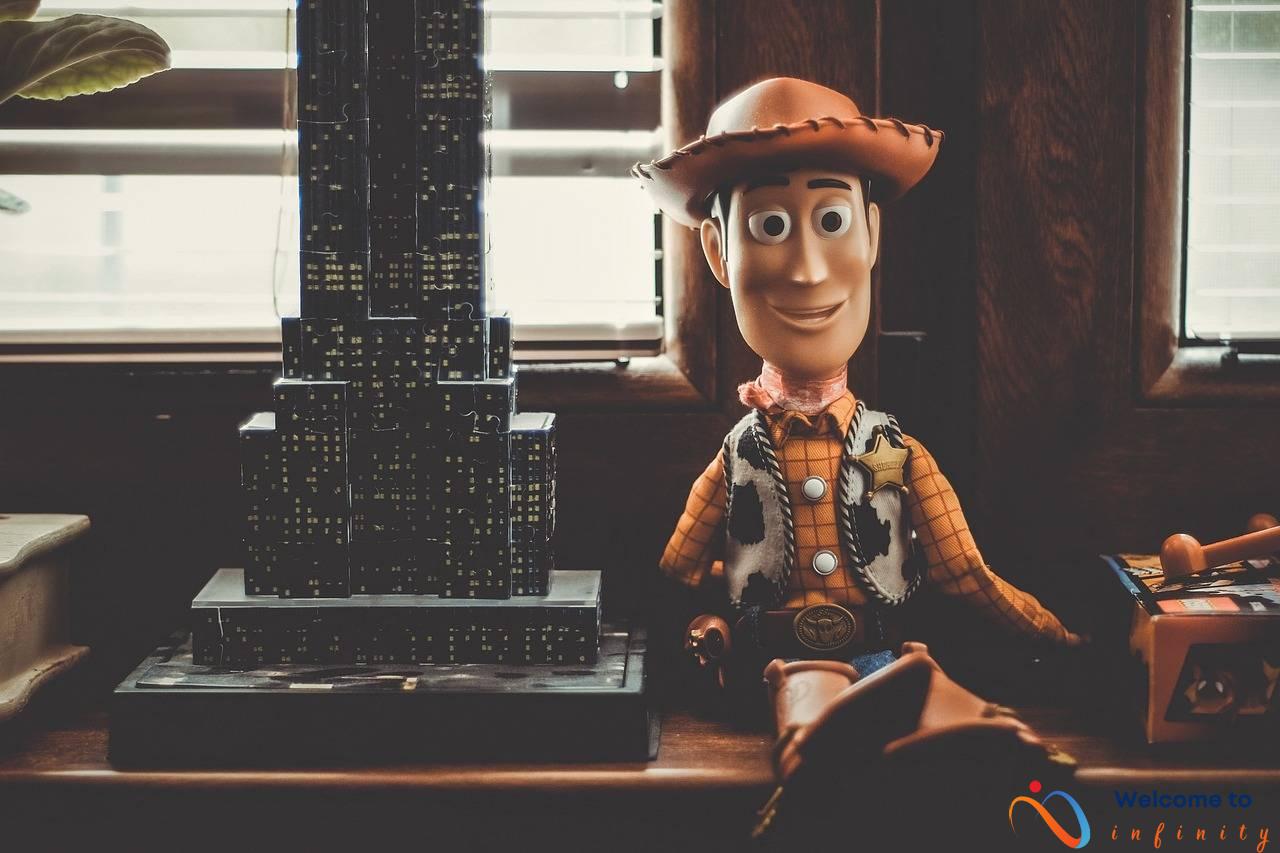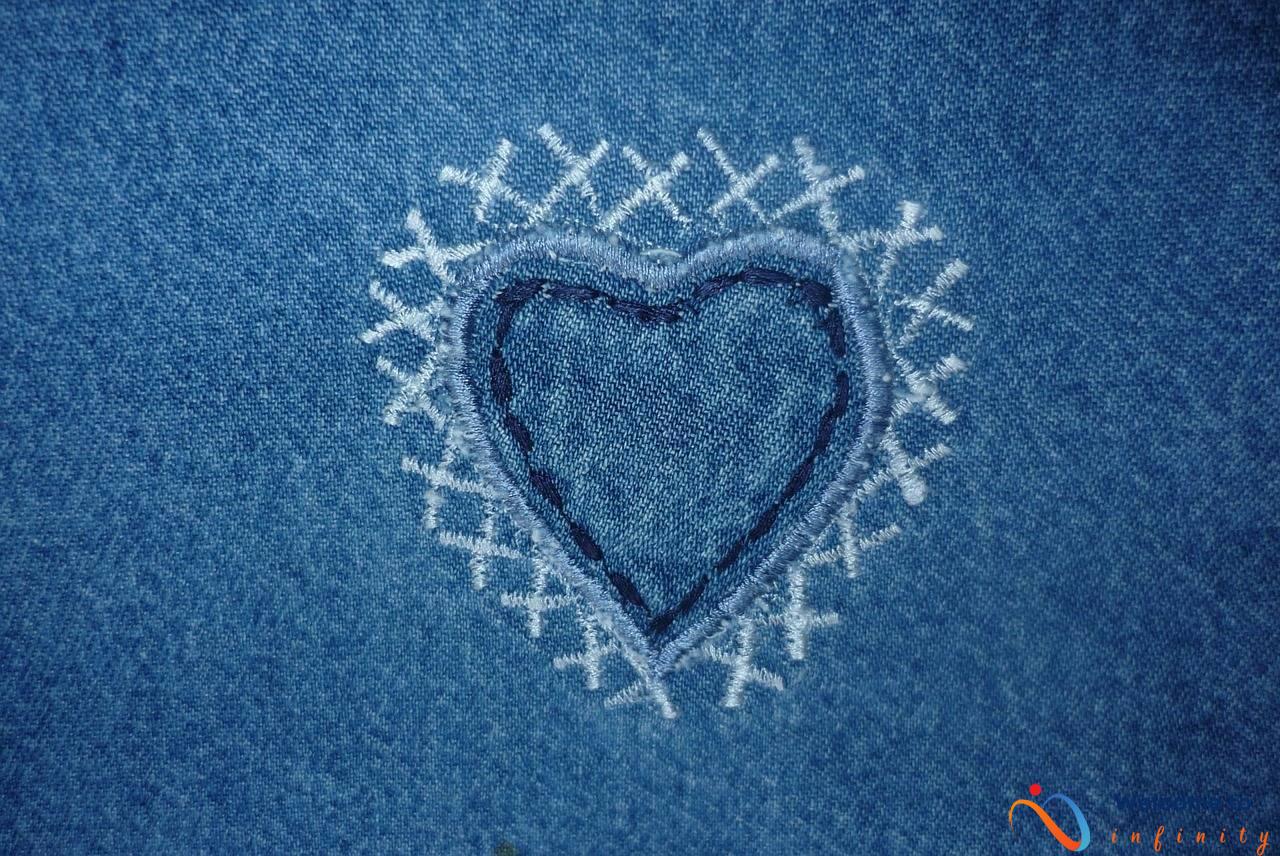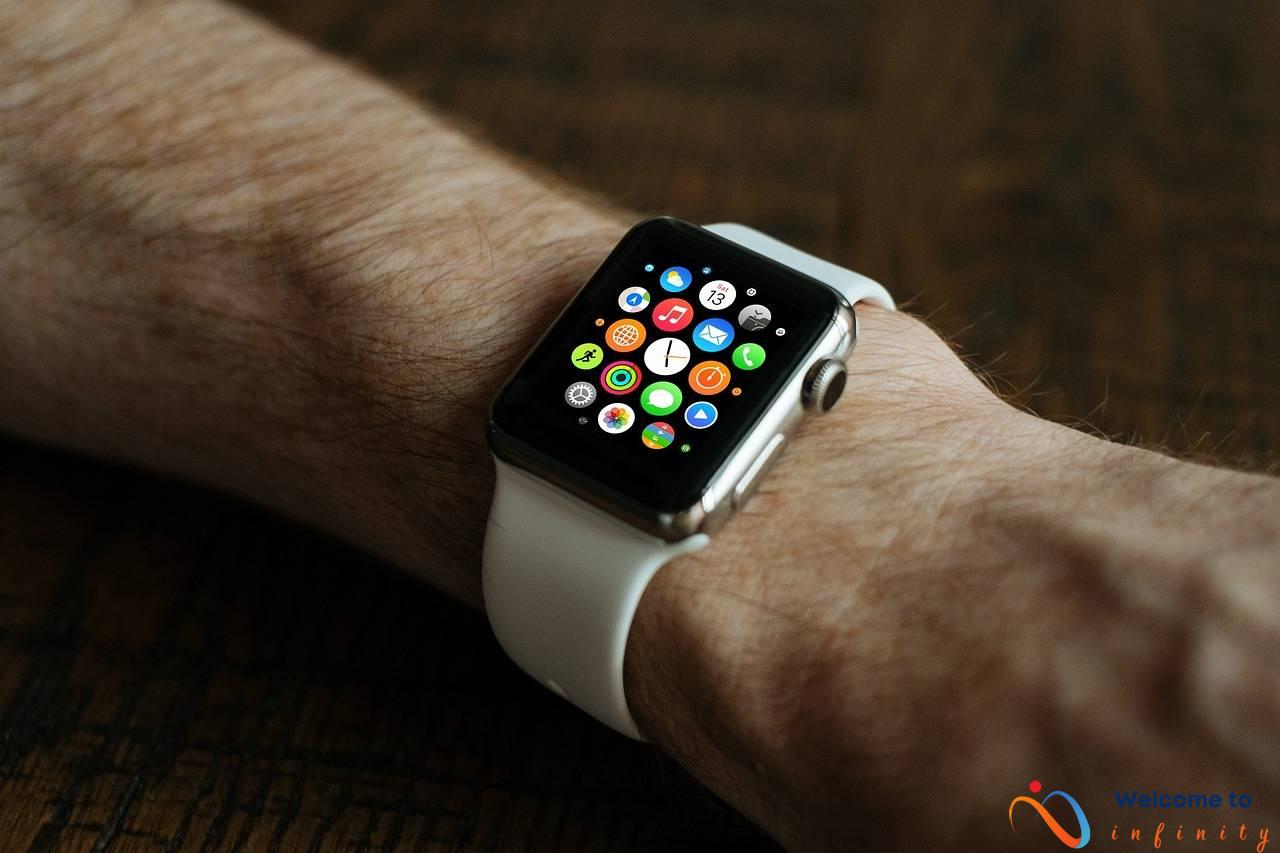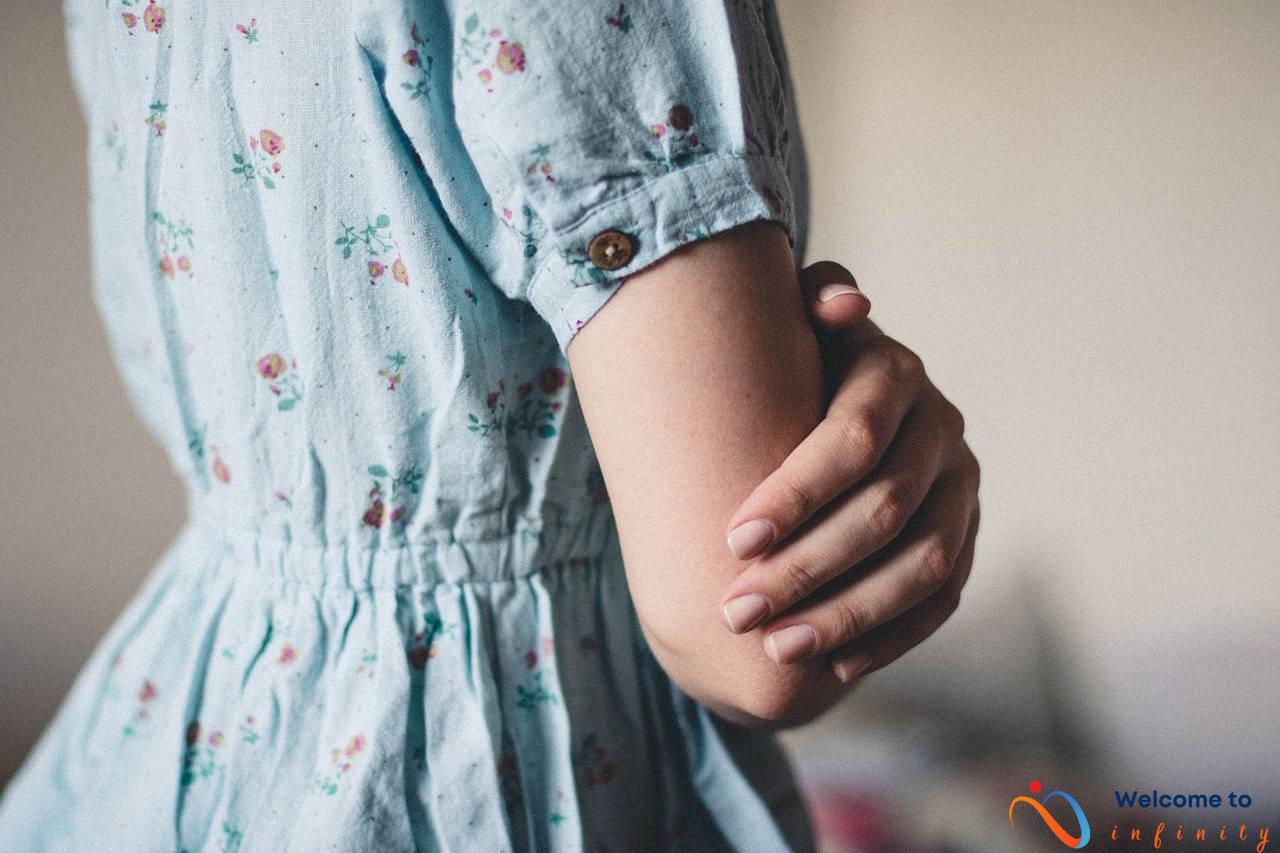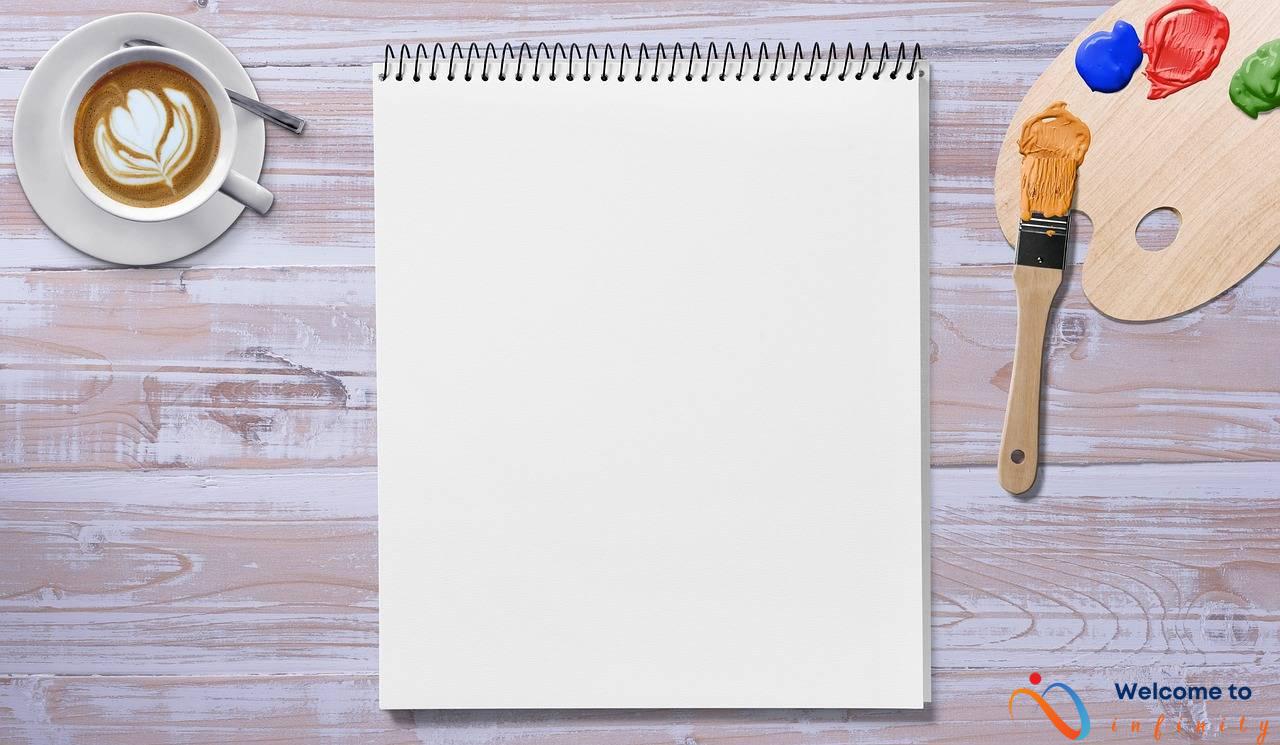Upcycling fabric scraps is gaining popularity in the fashion industry as a sustainable and creative way to reduce waste. The fashion industry is notorious for its environmental impact, with fabric waste being a significant contributor. However, upcycling techniques can breathe new life into what was once considered waste, turning it into stylish and functional clothing items.
Upcycling fabrics involves taking pieces of fabric that would otherwise be discarded and transforming them into something new and valuable. This practice not only reduces waste but also promotes creativity and innovation in fashion design. Repurposing fabrics can lead to unique pieces of clothing that cannot be found elsewhere, adding personality and character to a wardrobe.
There are many techniques for upcycling fabrics, such as patchwork, applique, and embroidery. These techniques can be used to create designs on existing garments or to combine different fabrics to create entirely new pieces. Additionally, fabric scraps can be used to make accessories, such as jewelry and bags, or home decor items, such as pillows and curtains.
Many brands and designers are embracing upcycling as a core part of their sustainability practices. By repurposing fabrics, these companies are reducing their carbon footprint and promoting a circular fashion economy. As consumers become more aware of the environmental impact of fast fashion, the demand for sustainable and upcycled fashion is increasing.
The Environmental Impact of Fabric Waste
As consumers, we tend to focus on the finished products we purchase without considering the environmental impact of the production process. The fashion industry is no exception, and fabric waste is a significant issue that requires attention. The amount of fabric waste created by the fashion industry is staggering, and it has a substantial impact on the environment.
The fashion industry generates a significant amount of waste in various forms, and fabric waste is one of the most prominent. From scraps of fabric left over from production to garments that are never sold, fabric waste contributes to the industry's negative environmental impact. The textile industry is also one of the most polluting industries globally, with high water consumption and toxic chemicals used in processing and dyeing fabrics.
The production of fabrics, from growing cotton to processing synthetic materials, requires a significant amount of energy and resources. When fabrics are wasted, all the resources that went into making the fabric, including water and energy, are wasted, leading to a significant environmental impact. Furthermore, the disposal of fabric waste can contribute to landfills, which can lead to further pollution and environmental damage.
The fashion industry must address the issue of fabric waste and work towards more sustainable practices. Consumers can play a significant role in reducing fabric waste by choosing to support brands that focus on upcycling, recycling, and sustainable production practices. Brands and designers can also do their part by implementing eco-friendly production methods, reducing waste, and using environmentally friendly materials. As a result, the fashion industry can reduce its environmental footprint and make more sustainable choices moving forward.
Upcycling Techniques and Ideas
If you're looking for creative ways to upcycle fabric scraps and turn them into stylish clothing items, there are plenty of techniques to explore. One of the most popular methods is patchwork, where a variety of fabric scraps are sewn together to create a unique design. This technique is often used in quilting, but can also be applied to clothing items like jackets or skirts.
another technique is appliqué, where fabric scraps are cut into decorative shapes and sewn onto a garment to create a layered effect. This technique is especially popular for adding embellishments to t-shirts or denim jackets.
For those who prefer a more minimalist approach, simple adjustments like adding a trim or ruffle can transform a basic garment into a statement piece. Scraps of lace, ribbon, or even fabric from an old dress can be repurposed to add texture and detail to a simple blouse or skirt.
If you're feeling adventurous, you can even use fabric scraps to create entirely new clothing items. For example, a collection of scraps can be pieced together to create a unique dress or top, or old jeans can be repurposed into a trendy denim skirt.
There are endless possibilities when it comes to upcycling fabric scraps. As long as you're willing to experiment and be creative, you can turn even the smallest pieces of fabric into a beautiful and functional piece of clothing. So next time you're faced with a pile of fabric scraps, don't throw them away – let your imagination run wild and see where it takes you!
DIY Projects for Upcycling Fabrics
If you're looking for some creative ways to upcycle fabric scraps, here are a few DIY projects to get you started:
Gather your fabric scraps and piece them together into a patchwork design. Cut the patchwork into the shape of a tote bag and sew the pieces together, adding handles and a lining. This is a great project for using up smaller scraps and creating a unique and functional accessory.
Turn your fabric scraps into a cozy quilt by piecing them together into a larger design. You can mix and match different fabrics, colors, and patterns to create a one-of-a-kind quilt that is full of personality. Simply sew the pieces together and add batting and a backing before quilting the layers together.
Don't throw away your fabric scraps – turn them into twine instead! Cut your scraps into strips and join them together to create a long continuous piece of twine. This can be used for wrapping gifts, as piping on a sewing project, or for macrame and other crafts.
Transform your old clothing into something new and trendy by using fabric scraps to add embellishments, patches, and appliques. Cut your scraps into different shapes and sizes and sew them onto your clothing to create a unique and sustainable fashion piece that no one else will have!
Add a touch of whimsy to your home decor by creating a fabric scrap garland. Cut your scraps into triangles or other shapes and sew them onto a long piece of twine or ribbon. Hang the garland above a doorway, across a window, or on a wall for a fun and colorful accent.
With these simple DIY projects, you can turn your fabric scraps into something beautiful and useful. Instead of tossing them in the trash, embrace the upcycling trend and let your creativity shine!
Brands and Designers Embracing Upcycling
The fashion industry is known for its fast-paced production of clothing, resulting in immense amounts of waste. However, a growing number of brands and designers are recognizing the importance of sustainable practices and are embracing the trend of upcycling fabric scraps.
One such brand is Patagonia, a company that has built its identity around sustainable fashion. In addition to using recycled materials, Patagonia has implemented a Worn Wear program that repairs and upcycles used clothing, reducing textile waste. Additionally, the brand has created the Re\\\collection, a line of clothing made entirely from upcycled fabric scraps.
Stella McCartney is another fashion designer that has made sustainability a priority in her brand. She has incorporated upcycled materials into her collections, such as repurposing vintage blankets and scarves into clothing items. McCartney also uses a closed-loop production system, which ensures that all textiles are reused or recycled.
Smaller brands are also making significant contributions to the upcycling movement. Tonle, a Cambodian-based fashion brand, produces clothing made entirely from upcycled fabric scraps and uses a zero-waste production process. Similarly, Soko, a jewelry brand based in Kenya, creates unique pieces using upcycled brass and reclaimed cow horn.
The upcycling trend in the fashion industry not only reduces the amount of textile waste but also promotes the importance of sustainable practices. By embracing upcycling, brands and designers are changing the way we approach clothing production and the impact it has on the environment.
The Future of Upcycling in Fashion
The future of upcycling in the fashion industry is looking optimistic. Many consumers and fashion brands have become more aware of the environmental impact of fast fashion and are actively seeking more sustainable and ethical alternatives. Upcycling is one such alternative that has gained popularity in recent years and is expected to continue to grow in the future.
One prediction is that upcycling will become more widespread and integrated into mainstream fashion. As consumers become more educated about the benefits of upcycling, they will demand more sustainable options from fashion brands. This may lead to upcycling being integrated into the core values and practices of fashion brands, rather than being seen as a niche concept.
Another prediction is that we will see more collaboration between fashion brands and upcycling designers. Many upcycling designers have their own unique aesthetic and approach to using fabric scraps, and such collaborations could result in innovative and exciting collections that combine sustainability with creativity.
Technology is also expected to play a role in the future of upcycling. Advancements in 3D printing technology, for example, may allow for the creation of customized clothing pieces using upcycled materials.
Furthermore, upcycling has the potential to change the way we approach clothing production. Instead of relying on the extraction and production of new materials, upcycling allows us to repurpose existing materials and reduce waste. As the fashion industry grapples with its impact on the environment, upcycling may prove to be an important solution that can promote a more sustainable and circular approach to fashion production.


